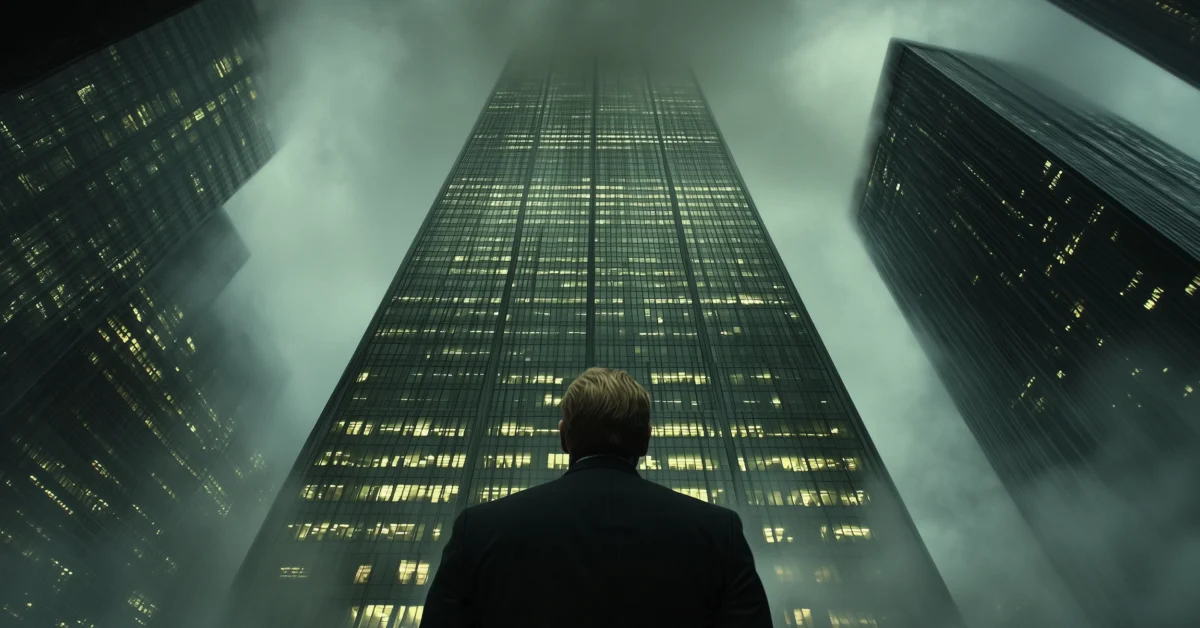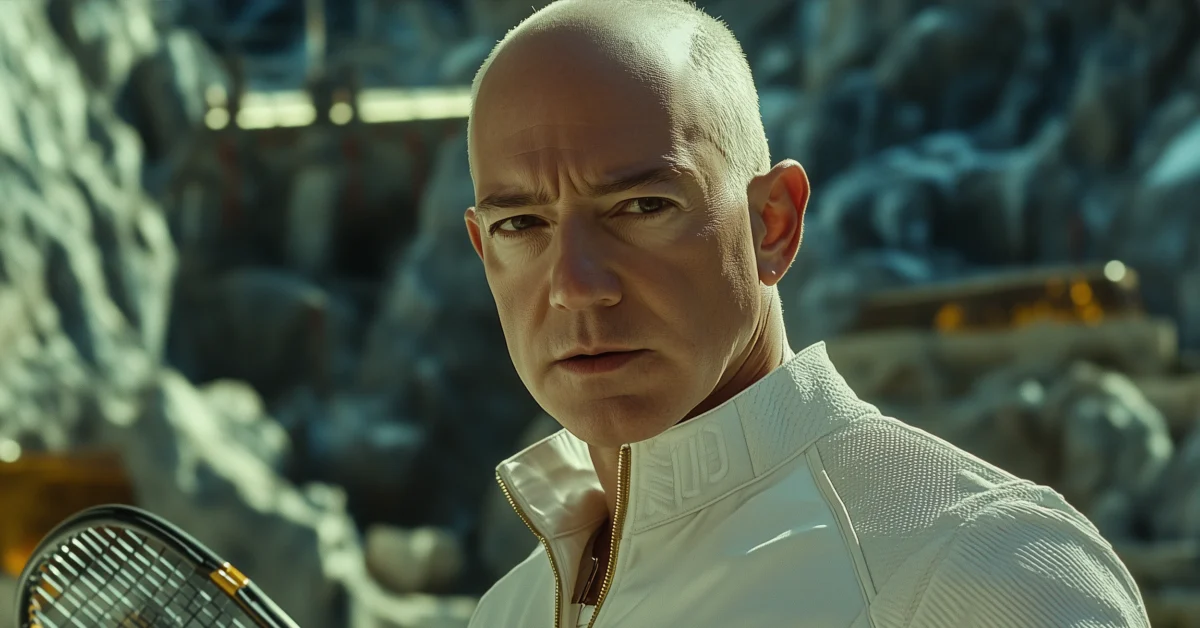
Why Leverage Still Beats Scale—Even in a Soft Power Economy

Why Scale is Dead and Scarcity Wins
Real strategy isn’t a list of priorities. It’s the ruthless clarity of knowing what not to pursue. Here’s how high-level operators wield subtraction as their sharpest tool.
Introduction
Most “strategy” decks are bloated with ambition and allergic to sacrifice.
Real strategy? It’s subtraction. It’s what you kill, not what you pitch.
The Illusion of Addition
Most organizations confuse strategy with accumulation. They pile on initiatives, expand into adjacent markets, and layer on features hoping that more means better. But more is not clarity. It’s clutter wearing a suit.
Corporate strategy decks often resemble feature wishlists. They’re padded with goals, packed with buzzwords, and engineered to avoid confrontation. It’s comfortable. But comfort doesn’t produce advantage. It produces entropy.
History offers enough warnings. Kodak expanded instead of adapting. Nokia added features while missing platform shifts. Yahoo bought everything but focused on nothing. Addition felt like momentum, but it masked the absence of direction.
Subtraction is Where Strategy Begins
Real strategy starts with a knife. It asks: what will we not do? What will we stop doing? What will we kill, even if it’s working?
At its core, strategy is exclusion. And exclusion is painful. It creates internal resistance. It threatens comfort. But that pain is a feature, not a flaw. If a decision doesn’t create tension, it’s likely operational—not strategic.
High-level operators use subtraction as their sharpest instrument. They understand that every addition incurs a cost—attention, bandwidth, morale. Strategy lives in the trade-offs. In Jeff Bezos’ world, it’s not just “disagree and commit.” Sometimes, it’s “disagree and subtract.”
The Cut Test: A Strategic Decision-Making Framework
To operationalize this mindset, introduce The Cut Test. It’s a simple filter. Brutal, but clarifying.
If removing this doesn’t increase existential risk or create strategic clarity, it wasn’t strategy. It was noise dressed up as effort.
Apply this framework in any strategic discussion. Three questions. No slides needed:
- What are we explicitly saying no to?
- Where are we pulling oxygen away from?
- What are we willing to kill—today—that hurts but must go?
Use this model to rank initiatives. Not by excitement. Not by votes. By existential impact. If something doesn’t change the trajectory of the organization, it belongs on the kill list—not the roadmap.
Case Study: Netflix’s DVD Decapitation
Netflix wasn’t built on streaming. It was built on mailed DVDs. That business funded the early growth. It was beloved by customers. Operationally solid. But strategically dead weight.
Reed Hastings made a call: decapitate the DVD arm. Not scale it down. Not sunset it gently. Kill it.
Internally, it triggered backlash. From teams. From the board. From users. But strategically, it clarified everything. It sent a message: the future is streaming. The company had burned the ships.
That moment didn’t just align operations with vision. It forged conviction. And in high-stakes rooms, conviction is what creates momentum.
Why Subtraction Is So Hard (And Necessary)
Cutting hurts. That’s the point. Strategic subtraction threatens identity, legacy, and sunk effort. The human brain is wired to preserve what exists—even when it no longer serves.
Ego resists subtraction. So does consensus. Most leadership cultures are allergic to confrontation. The easiest way to please the room is to say yes. But strategy isn’t about pleasing the room. It’s about building the next one.
High performers are especially vulnerable. They want to do more, prove more, expand more. But leaders must learn a different addiction: the addiction to no. Not as obstruction, but as design. No creates edges. No makes priorities real.
Subtraction is clarity under pressure. Subtraction is strategy without spectacle.
Impact
If your strategy document doesn’t sting, it’s not strategy. It’s safety. Tear it up.
Strategy should bruise a little. Not because it’s reckless, but because it’s real. Because it exposes trade-offs. Because it demands focus. Because it makes people uncomfortable—for the right reasons.
Cut deeper. Decide faster. Clarify ruthlessly.
Because strategy is not what you add. It’s what you’re brave enough to remove.



